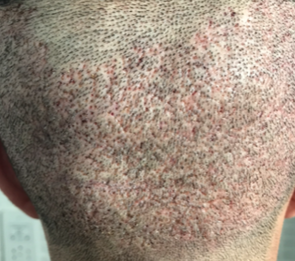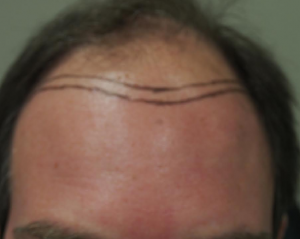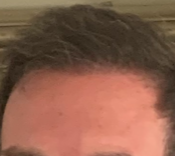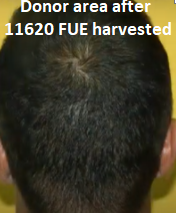I’ve been soaking and massaging twice a day per my doctor’s orders. I’m on day 5 now and quite a bit of scabbing has come off, but there’s still some left to go. I’m being gentle and no bleeding at all, so I’m just going to keep at it.
It is tricky to get scabs off at 5 days as the grafts get attached under the scabs so when the scabs come off, the grafts can be pulled out. The risk goes away at the 12th day. Read this article I wrote with Dr. Robert Bernstein: https://newhair.com/wp-content/uploads/2018/11/mp-2006-graft-anchoring.pdf
2021-10-03 09:38:052021-10-03 09:38:48Taking Scabs off after transplant




